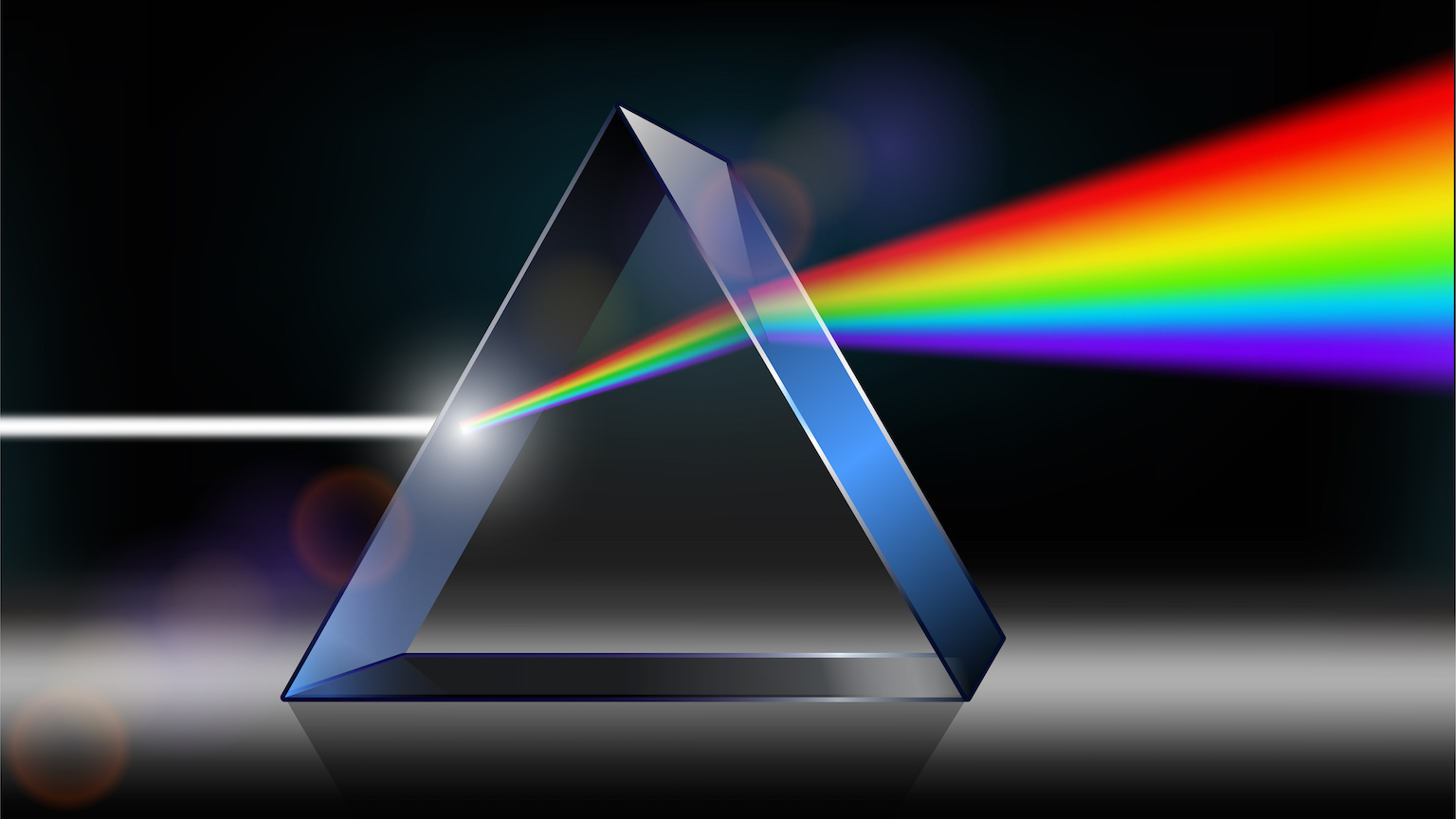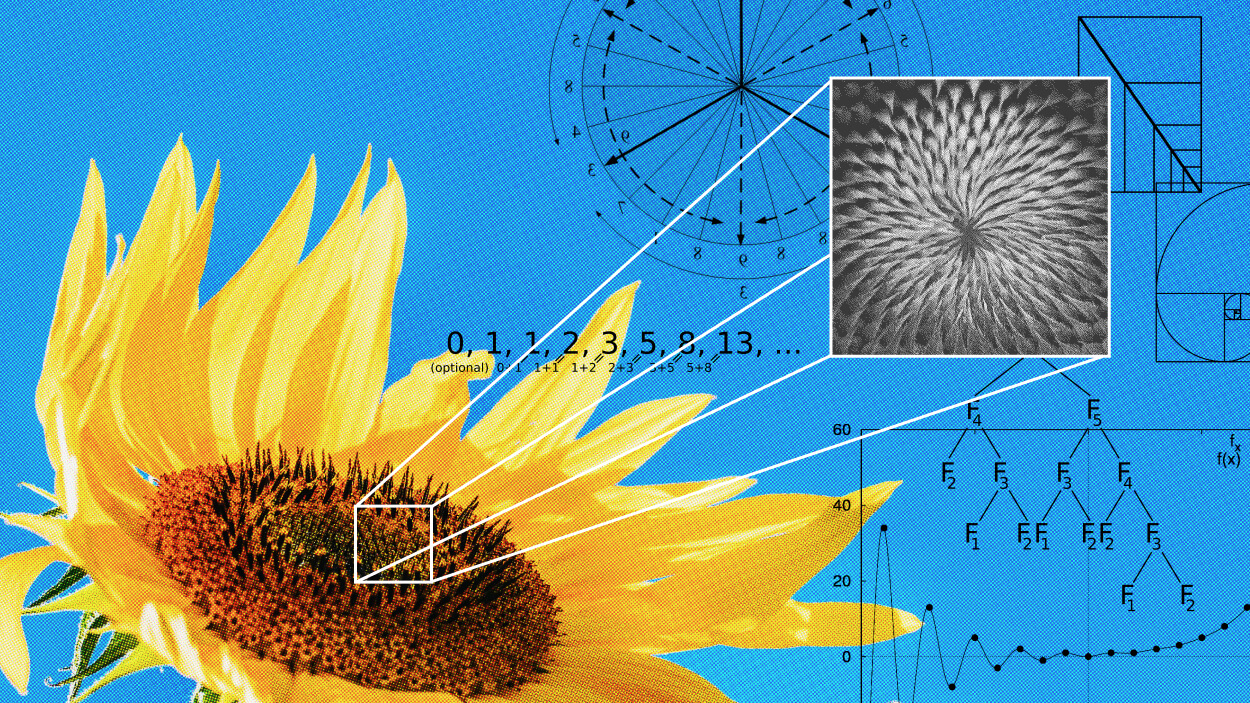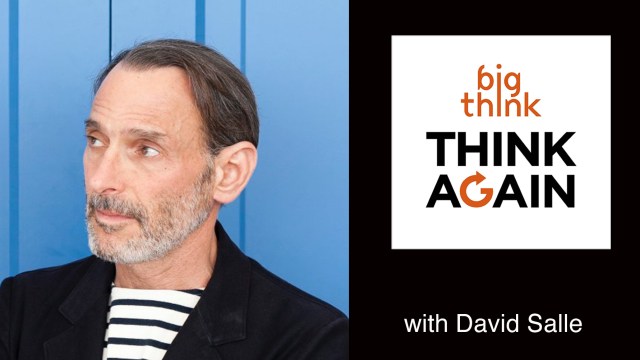Are Science’s Preferred Languages Limiting How Smart Folk Think?

1. A science fiction film about alien languages hints at what real science’s languages tend to alienate.
2. Arrival stars a linguist learning an alien language, thereby dramatizing the Sapir-Whorf hypothesis (“different language communities experience reality differently”).
3. Sapir-Whorf’s weak form includes color-distinguishing differences (e.g. “grue languages”) and the Inuit snow lexicon (counter-Inuit-ively miscast as contested vocabulary, Whorf intended grammar).
4. Sapir-Whorf’s strong form echoes Wittgenstein’s “The limits of my language mean the limits of my world” (languages limit what’s thinkable).
5. Few scientists support strong Sapir-Whorf, but the tools of language do, in part, carve, filter, and pattern our perceptions of reality: “Words are thinking tools.” Grammars encode different features, eg modifiers for soft or rigid objects.
6. But a strong Sapir-Whorf variant might limit science itself.
7. Anna Wierzbicka argues social sciences are “Imprisoned In English”—locked into English-language concepts that don’t transparently represent reality (e.g. English’s emotion terms aren’t “biological givens”).
8. More broadly, a stronger Sapir-Whorf-like effect explicitly limits science’s other dominant language, mathematics (often excluding what’s unquantifiable or mathematically inconvenient).
9. Math as a language so strongly shapes scientific thinking that, sometimes, for science to “progress, a new math” is needed (Cesar Hidalgo). Arithmetic, geometry, algebra, calculus, stats, probability, algorithmic-logic, etc, each have their own syntax and vocabulary patterning constraints.
10. Pythagoras’s “All things are number” (meaning natural numbers as the universe’s “building blocks”) remains influential. And Pythagorean harmony theory (key ratios define geometric beauty) shaped scholarship into the 1600s (Thony Christie).
11. Many became geometry-intoxicated. Galileo’s claim that “the book of nature is written in mathematics,” meant in geometry. “Falling in love with geometry” was an Enlightenment “occupational hazard” (Anthony Gottlieb).
12. Newton shifted the center of gravity of science’s language from geometry to algebra and calculus (“Geometric mathematics… offered no way of representing” needed factors). This language/method spread widely (even generating “algebraic formulae” for morality).
13. Whorf saw how algebra shifted attention from particulars to certain patterns (he compared sentences to equations, words to algebraic symbols).
14. Algebra’s key move, its core impulse toward abstraction, focuses thinking on certain kinds of sameness and allness—patterns fitting all instances of type X, or all values of quantity Y (e.g. all objects gravitate).
15. But algebra’s all-ness works better for X = electrons than for X = people (all electrons behave identically; people?). That drives both algebraic math’s “unreasonable effectiveness,” and its limits (e.g. economics suffers “equation filtering,” + prominent complaints of math models not reflecting stable relationships or reality).
16. Science’s language preferences even shape other fields, leading to belief that algebraic formulas ”for all the future” exist (Stoppard). And that without numbers only a “very dim” understanding is possible (Goldstein). Yet much that matters resists quantification and algebra’s all-ness (justice, or happiness, etc).
17. Why imprison our minds in math? That would alienate us from a kind of knowledge that Hebrew has a word for: “da’at” = knowledge through relationship with particulars (resisting abstraction, and algebraic all-ness-thinking) [+see Two Kinds of Data].
—
Illustration by Julia Suits, author of The Extraordinary Catalog of Peculiar Inventions, and The New Yorker cartoonist.





